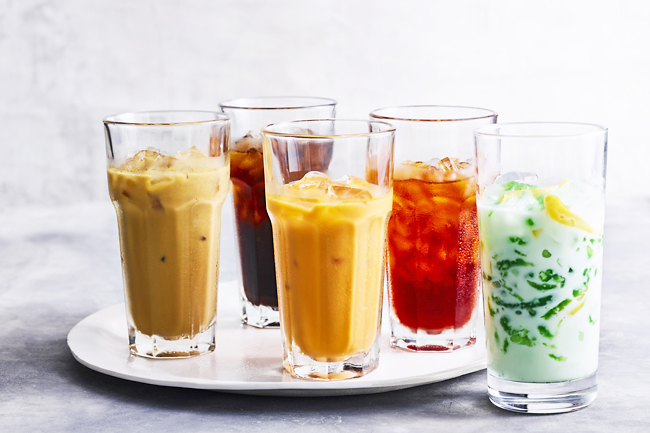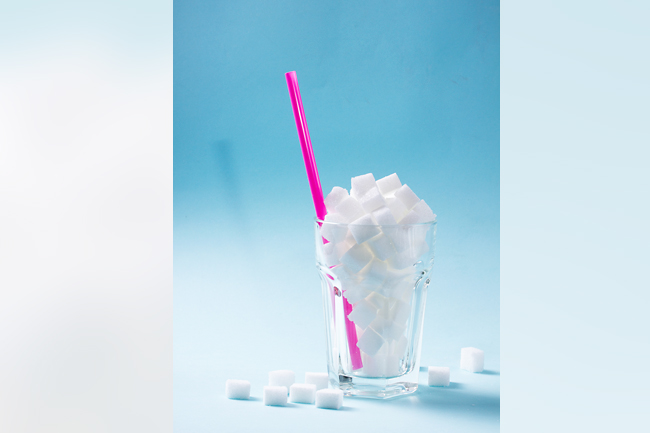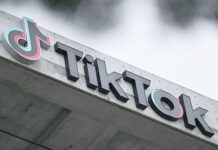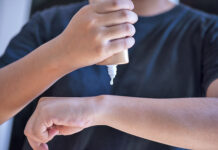BERNAMA/DPA – Children and adolescents across the world consumed, on average, 23 per cent more sugar-sweetened beverages (SSBs) in 2018 than they did in 1990, show the results of a study published in The BMJ this year.
Over the same period, a corresponding rise was seen in the frequency of obesity among young people.
Unhealthy diets, especially intake of SSBs, play a crucial role in obesity.
Although tracking the consumption of these drinks by children and adolescents is essential to understanding their impact on disease and the effectiveness of policies to control their consumption, recent national estimates of young people’s intake are unavailable for most countries.
To address this, researchers used data collected for the Global Dietary Database, which incorporated over 1,200 national and sub-national dietary surveys representing 185 countries.
Of these, 450 surveys from 118 countries included data on SSB intakes.
Data were analysed for children and adolescents aged three to 19 years in 185 countries between 1990 and 2018.
They were grouped by age, gender, parental education, and rural or urban residence.
Mathematical modelling was used to estimate the average consumption of SSBs for each group.
SSBs were defined as any beverage with added sugars and at least 209 kilojoule (50 kilocalories) per 237 gramme serving.
These included commercial or homemade beverages, soft drinks, energy drinks, fruit drinks, punch and lemonade, but excluded 100 per cent fruit and vegetable juices, non-caloric artificially-sweetened drinks, and sweetened milk.
The results show that intakes of SSBs among children and adolescents increased by an average of 0.68 servings/week (23 per cent) from 1990 to 2018, with the largest increases in sub-Saharan Africa (2.17 servings/week).
In 2018, the average global intake was 3.6 standard servings per week, ranging from 1.3 in south Asia to 9.1 in Latin America and the Caribbean.
Yet, 56 (30 per cent) of the 185 countries included in the analysis – home to 238 million children and adolescents, or 10.4 per cent of the global population of young people – had an average SSB intake of seven or more servings/week.
Globally, SSB intakes were higher in older versus younger children and adolescents, those resident in urban versus rural areas, and those of parents with higher versus lower education, with variations by world region.
The increase in intake of SSBs among children and adolescents between 1990 and 2018 was nearly twice the increase seen among adults over the same period, note the authors.
They added that measures specifically targeting the marketing of SSBs to children and adolescents are critical. They acknowledge some limitations that could have affected the accuracy of estimates, such as the limited availability of dietary survey data (particularly for lower income nations in south Asia and sub-Saharan Africa) and time periods, and the potential for underreporting or overreporting by relying on self-reported survey data.
But they said that overall, their findings “should be taken as the best currently-available, but nonetheless imperfect, estimates of SSB intake worldwide”.
“Policies and approaches at both a national level and a more targeted level are needed to reduce intakes of SSBs among young people worldwide, highlighting the larger intakes across all education levels in urban and rural areas in Latin America and the Caribbean, and the growing problem of SSBs for public health in sub-Saharan Africa,” they wrote.
“Our findings are intended to inform current and future policies to curb SSB intakes, adding to the UN’s 2030 Agenda for Sustainable Development,” they added.






















































